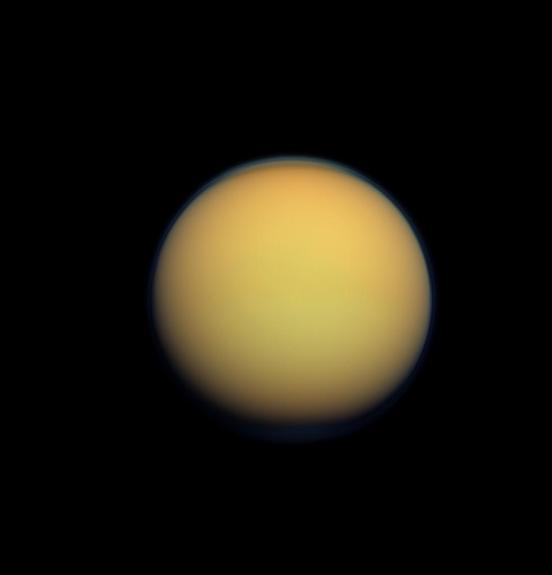
Just add methane: Chemical could be supporting life on Saturn’s moon
A new study coming out of Cornell University published this past week in the journal Science Advances gives us our first tantalizing hints that life may not need to be based on water, but could be based on liquid methane instead. And it turns out that Saturn’s largest moon, the methane-sea covered Titan, fits the bill perfectly (at least theoretically). Since methane exists at a much lower freezing point, this potential habitable zone around stars that we consider in searching for life would be a much broader zone than anything we had been considering before now.
Current Titan seems to be more favorable to life than current Mars, but it’s ‘life as we don’t know it.’
Dirk Schulze-Makuch, an astrobiologist at Washington State University, to NBC News
A team of chemical engineers and astronomers looked at how the nitrogen-based chemistry on this distant world may be just right to form cell membranes that could, in theory, function in the minus 292 degrees temperatures found on the surface of this smoggy moon. If these findings were able to be proven, it would mean that we must expand our search for life too beyond the much-talked about Goldilocks Zone, which is the region around a star where a planet must orbit and have liquid water exist.

Science Titan